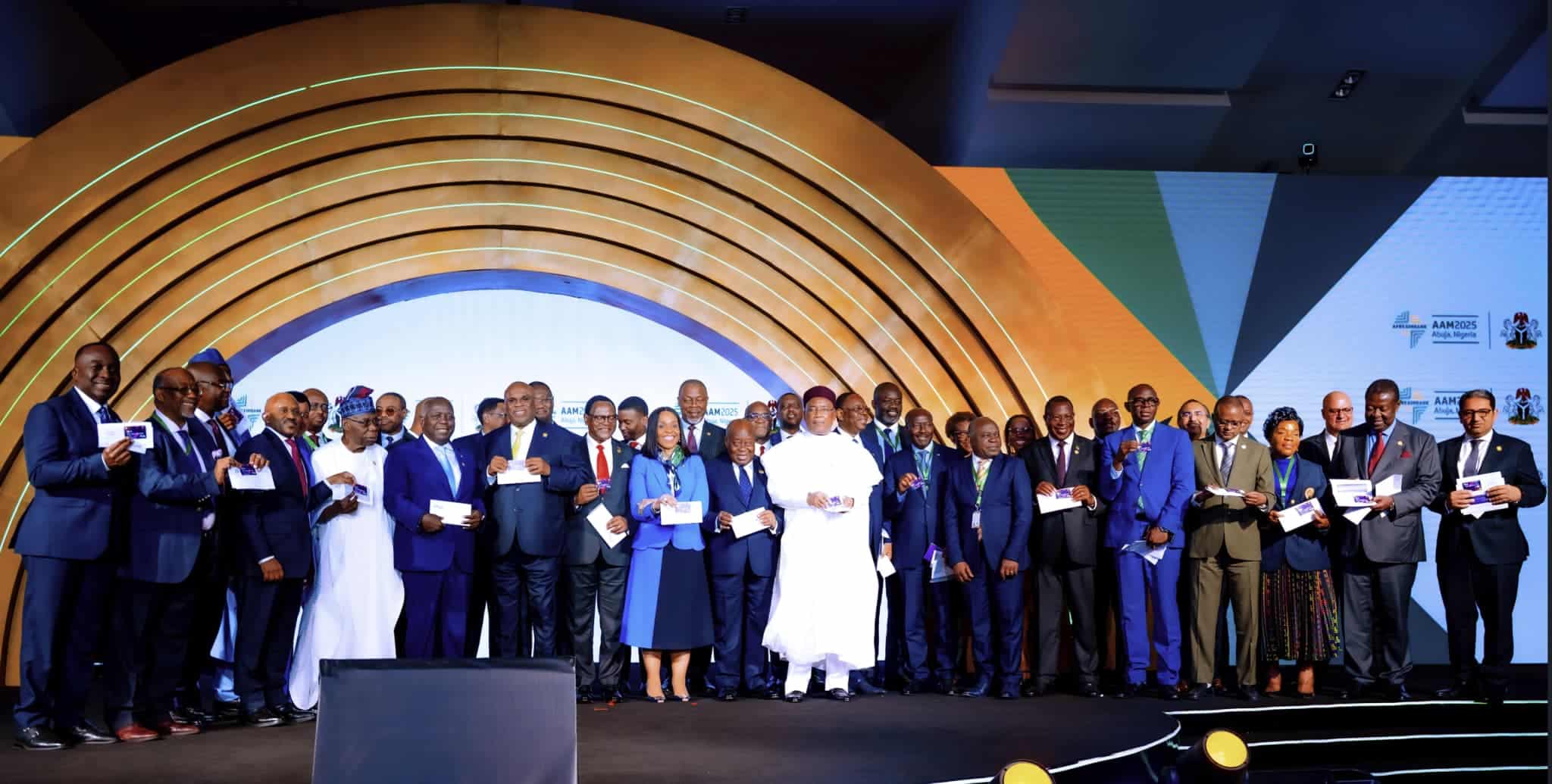The Reserve Bank of Zimbabwe (RBZ) has maintained its Monetary Policy Rate (MPR) at 35%, even as the country’s newly introduced currency, Zimbabwe Gold (ZiG), continues to depreciate.
This decision reinforces the central bank’s tighter monetary policy stance for 2025, which it views as crucial for controlling inflation and bolstering the value the nation’s currency.
ZiG, Zimbabwe’s sixth attempt at a stable currency, has lost more than 43% of its value since its launch in April 2024.
In September 2024, the RBZ devalued the currency from 13.9 per U.S. dollar to 24.3 per dollar and simultaneously raised borrowing rates by 15 percentage points to 35%. However, the currency has continued to decline amid poor adoption by residents.
According to RBZ data, ZiG was trading at 24.6 per dollar as of Thursday, when the central bank announced its decision.
Currently, only about 30% of the population transacts using ZiG, while the majority relies on the U.S. dollar for daily transactions.
According to RBZ Governor John Mushayavanhu, the decision to retain the benchmark interest rate is aimed at curbing market volatility.
However, despite the central bank’s efforts, inflation in both local and U.S. dollar terms surged in January, driven by rising food prices and housing costs.
Inflation in ZiG terms rose from 3.7% to 10.5% month-on-month and jumped from 2.5% to 14.6% in dollar terms over the same period.
On a positive note, Mushayavanhu highlighted that Zimbabwe’s foreign currency reserves increased to $548 million in January.
However, per Bloomberg, the RBZ’s decision to maintain high interest rates conflicts with the demands of stock investors and lenders, who have called for a more accommodating stance.
In a move to support its monetary policy efforts, the central bank unveiled the Targeted Finance Facility late last year, a special-purpose vehicle designed to finance productive sectors and stimulate economic growth.











